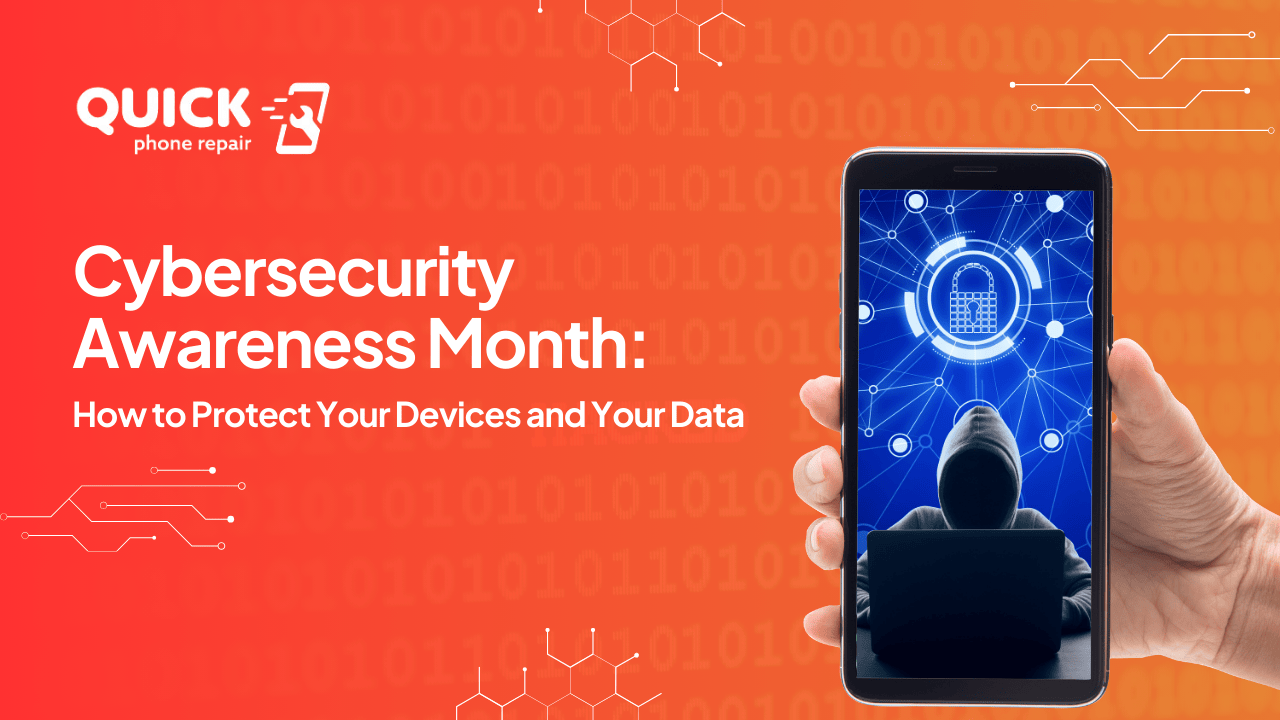Table of Contents
October is Cybersecurity Awareness Month, which is an important time to zero in on securing your data and devices from the increasing risks of cyberattacks. The stakes have never been higher, as Cybersecurity Ventures estimates that by 2025, cybercrime may cost the world $10.5 trillion yearly.
The threat landscape keeps growing as more people rely on digital platforms for interacting with others, working, and purchasing goods. In fact, 330 million people across 10 nations were victims of cybercrime in 2020 alone, according to a Norton Cyber Safety Insights analysis. Given this, everyone must take precautions to keep their digital lives safe.
The Importance of Cybersecurity
As cyber dangers continue to increase and affect people and businesses globally, the significance of Cybersecurity Awareness Month has never been more apparent. Sensitive data protection has become more important as our lives become more digitized, we have started using online banking, e-commerce, remote employment, and smart home appliances more.
Cybersecurity has become essential for people as well as businesses. People from all areas of life are impacted by cyberattacks, which occur every 39 seconds, according to statistics. Phishing schemes, ransomware, identity theft, and sophisticated data breaches that target global corporations are just a few examples of these attacks. Small enterprises are the most vulnerable to cyber threats, and studies show that about 43% of cyber threats are directed towards small businesses.
To these companies, a breach could result in their shutting down because the costs could ruin their business. This makes basic best practices, such as installing firewalls, using anti-virus software and training employees, compulsory to protect your devices and your data. For example, resolving identity theft can take years, and compromised financial data can lead to bogus loans and depleted bank accounts.
Common Cyber Threats: Phishing, Ransomware, and More
1. Phishing
Phishing means the use of a genuine appearing message or an email in an attempt to pull sensitive information from users such as passwords or credit card details. Most of the time these messages portray themselves as coming from legitimate organizations to provide a sense of urgency in order to defraud their targets.
2. Ransomware
Ransomware is a virus that scrambles a user’s files and makes these files inaccessible provided the user pays a demanded amount of money to the attacker. Businesses, hospitals, and government agencies are frequent targets.
3. Malware
One of the most common threats we should talk about during Cybersecurity Awareness Month is Malware. Malware is a generic term that depicts viruses, worms and Trojans, programs that get into a system and cause harm. Anti-virus is quite important in preventing Malware as they are often downloaded through infected websites, email attachments or while downloading software.
Man-in-the-Middle (MITM) Attacks
This is an attack where an unauthorized person intercepts the communication between two parties, for example, with the intention of stealing data or introducing a virus. These attacks are prevalent in areas where people use public Wi-Fi networks since an attacker may establish himself between the victim and the intended connection.
Credential Stuffing
Credential stuffing is an attack in which the perpetrator attempts to log in to a user’s account using username passwords obtained from a data breach. As most individuals have a tendency to use the same credentials with other online platforms, credential stuffing can be quite unchallenging.
Drive-by Downloads
Drive-by downloads are a malicious technique of downloading an unauthorized program on the user’s device just by accessing an infected site. Unlike other attacks, users don’t need to click on anything for the download to occur.
Protecting Your Data with Strong Passwords and MFA
This Cybersecurity Awareness Month, develop good, strong passwords and utilize multi-factor authentication (MFA) to protect your information from hackers. Password serves the function of the first barrier to prevent unauthorized access to one’s account. It should be different from the Username; it should have some letters and numbers and symbols also, and it should also be very long in order not to be easily guessed by the attackers.
Many people tend to use simple or common passwords, like “123456” or “password,” which makes their accounts easy targets for hackers. It may be more secure to use a mix of random words or phrases instead.
MFA – This an extra security measure to your accounts beyond conventional passwords and provides third-party protection. It demands users to pass two or more identification credentials before they can be allowed in. This could be a password and then they use a fingerprint, a code that is sent to your phone or facial recognition so that they can protect your devices and your data.
If the hacker obtains your password, they will still require a second way of verifying account access.
Conclusion
In a nutshell, it is important to always focus on cybersecurity, especially with the increasing use of technology. The kind of cyber crimes such as phishing, ransomware as well as malware pose highly risky outcomes. Thus practices of strong passwords as well as multi-domain identity validation are all the more crucial. Be careful and protect your virtual space during Cybersecurity Awareness Month. But if your phone or device has been hacked or is not working properly, there’s Quick Phone Repair – a fast and efficient service to get you going again.
Related Questions
1. What should I do if my data is compromised?
It’s also advised to change the passwords for all the affected accounts and turn on multi-factor authentication, if possible; be careful and keep an eye on other accounts. Report the breach to relevant institutions, such as banks as soon as possible and consider freezing your account to protect your devices and your data if financial information is exposed.
2. Why are small businesses targeted by cyberattacks?
Most small-scale businesses lack capital to spend on their defense hence making them more vulnerable to hackers. Some hackers may complacently think that small business organizations have poor security protocols in place, which can make it easy for them to get into the company’s data.
3. Can public Wi-Fi be safe?
Public Wi-Fi networks can be risky because attackers can use them to intercept data. Avoid accessing sensitive information like banking or shopping accounts on public Wi-Fi.



